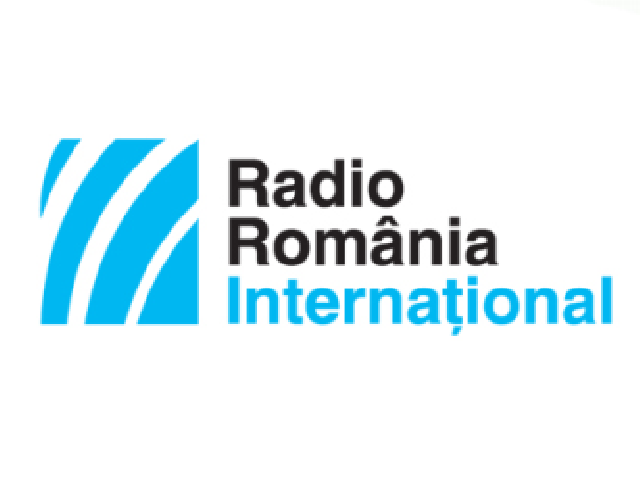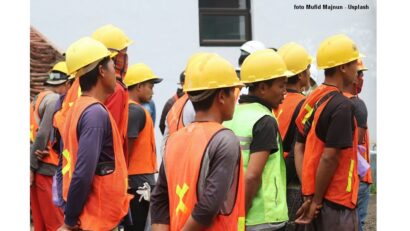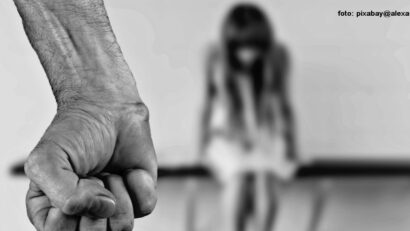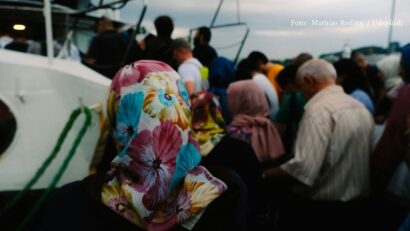Slaves of the Post-modern World
How human trafficking is affecting Romania

Luiza Moldovan, 23.12.2020, 13:00
A
sensational piece of news was making headlines around Europe in 2010; the
largest network of human traffickers in Europe operated from Tandarei, in
southern Romania, had been dismantled. 25 people were sent to court for having
smuggled 160 Roma children with the purpose of using them as beggars or in
other so-called ‘street operations’. The incident was forgotten in a couple of
weeks and it soon became water under the bridge in Romania and abroad. Nine
years later, however, on December 10th 2019, a court in Targu Mures
acquitted all the 25 people involved in the Tandarei file. In 2019, the
abduction, forcible confinement and eventual murder of two girls in Caracal,
southern Romania shocked the entire country and its legal authorities. The
question was whether those two girls had been victims of human traffickers but
no answer has been provided to this day. Who are the victims of human
traffickers and what is the portrait of the victim like? And do traffickers
prefer some regions to others?
Iana
Matei is one of the most involved activists against human trafficking and
founder of an NGO entitled Reaching out Romania. Psychologist Iana Matei has
also drawn up the portrait of the most vulnerable people to human traffickers.
Iana
Matei:
The most vulnerable people to human trafficking are mainly children coming out
of dysfunctional families or from foster homes. Their degree of education may
vary from average to below average but there are even people with higher
education. However, education is unimportant, what is important is the
traffickers’ recruitment methods and expertise.
Oana
Bîzgan, an independent MP with the 2016-2020 legislature has concrete data on
this phenomenon:
Oana
Bîzgan: 698
victims were identified in 2019 alone. Out of these 83% are women; 74% of these are being
trafficked for sexual purposes and 40% are minors. Of course the number
represents only the victims that have been identified and registered, but we
know pretty well that this is only the tip of the iceberg. These are official
numbers, but the real figures, the real dimensions of this scourge remain
unknown. Statistics are only informative and according to OSCE estimates, only one
out of 9 victims has been identified. Let that sink in and you may get a clear
picture of the real phenomenon in Romania.
Referring
to the most affected areas, Oana Bîzgan says there is a difference between the
regions where many victims have been identified and other regions heavily
affected by the phenomenon but without many victims reported. So, figures could
not be trusted entirely in such cases.
Oana
Bîzgan: It is extremely difficult to say which are Romania’s
most affected areas in terms of human trafficking, because we must tell the
difference between the areas with most victims identified and areas, which are
heavily impacted by the phenomenon, but where the number of identified victims
is not that big. Even the process of identifying these victims is faulty.
Statistically, we have the counties of Bacau and Dolj, in southern Romania with
67 victims reported in 2019, double than in the previous year, but other
affected areas are also Galati, Iasi, Calarasi, Vrancea, Prahova, Constanta,
Mures, Sibiu and Brasov. The impact is extremely higher and we see this scourge
is developing without problems all over the country.
According
to Iana Matei, the promise of a well-paid job or a luring love story may have a
devastating effect on those who do not have the ability to see the traps laid
before them by the cunning human traffickers.
Iana
Matei:
If the recruitment method involves a dream job, its authenticity can be
verified. If there is no such possibility, those involved can inform a relative
about the contract, destination etc. They can also set up a deadline: ‘if I
don’t call you until this time, something has gone wrong’. It would be better
not to accept a dream job offer unless verified beforehand.
Traffickers
have often capitalized on the lack of love and affection the victim has
experienced in early childhood. So their words of affection may work like charm
in this case, but this charm turns out to be only black magic as Iana Matei
explains.
Iana
Matei:
The recruitment method most employed at present is known as
both in the case of major girls, and in the case of children. Traffickers
prefer girls between 10 and 12 years old because they can be easily seduced.
And since they come from dysfunctional families, they are automatically
delusional and buy into the promise of being loved and that somebody may care
for them.
As we have seen in the Tandarei case, human
traffickers often get away with crime as legal procedures have been dragging on
for years. And even when they get to jail, sentences have been ridiculously shortened.
Here is Iana Matei again.
Iana
Matei:
Under law 678, this crime of human trafficking used to be severely sanctioned
and culprits could get up to 12 years in prison. Unfortunately, the law has
been amended and these traffickers are indicted as mere pimps nowadays getting
ridiculously minor sentences of 3 to 6 years, which most of the time are
suspended. We are trying to revert to the old law and get decent sentences for
these criminals, who are running their business even while in jail. We must
also seize all their incomes, because they make big money out of this scourge.
Independent
MP Oana Bîzgan already has good legislative news so to say.
Oana
Bîzgan: For the first time in the past 12 years, traffickers
can no longer benefit from suspended sentences. I am glad we were able to amend
the Penal Code and tackled this issue seriously. We are still far from being
able to punish these criminals as they deserve and for the trauma they created,
but at least no traffickers can avoid prison now. We managed to make a clear
statement here and criminals must become aware that this crime is punishable now
and they will go to jail. The law is in effect and hopefully will contribute to
preventing and fighting this scourge.






























